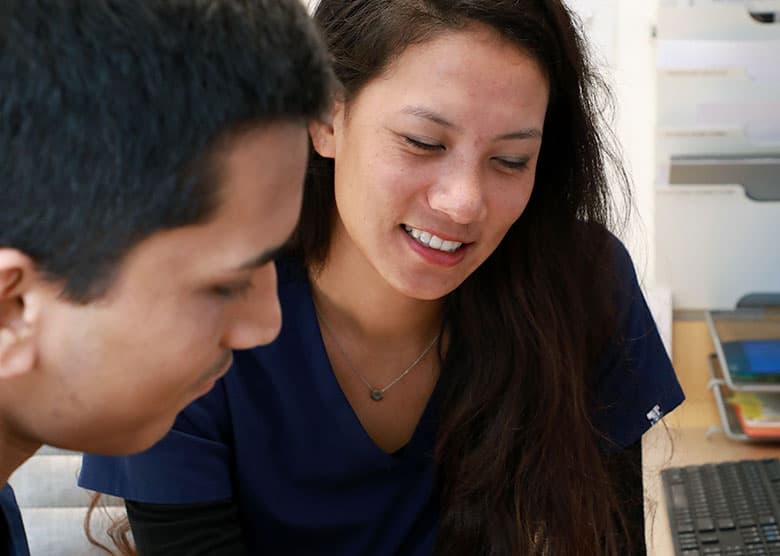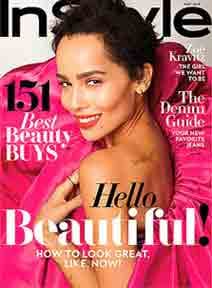Wart Removal in Boston
Jump To
What is a wart?
 Warts are non-cancerous skin growths that appear when a virus known as human papillomavirus (HPV) infects the top layer of the skin. The word “wart” comes from the Old English meaning “shapeless lump.” Something most people don’t know is that warts are actually an accumulation of dead skin cells. they typically appear on the:
Warts are non-cancerous skin growths that appear when a virus known as human papillomavirus (HPV) infects the top layer of the skin. The word “wart” comes from the Old English meaning “shapeless lump.” Something most people don’t know is that warts are actually an accumulation of dead skin cells. they typically appear on the:
- Hands
- Face
- Neck
- Genital area
What do warts look like?
Warts are usually skin-colored and rough. May also appear dark, flat, or smooth.
Are warts contagious?
Warts may be transmitted through physical contact. Additionally, warts can arise after touching something that was previously in contact with a wart.
Who can get warts?
Anyone can get warts. However, some people are more prone to getting them. Examples of demographics more likely to experience warts are:
- Children and teens
- People who bite their nails
- People with a weakened immune system

Common Types of Warts We Remove:
There are four main types of warts are common warts, plantar warts, flat warts, filiform warts, and genital warts.
Common warts (Verruca vulgaris)
- Typically appear on the hands and fingers, but can grow anywhere on the body
- usually raised and have a rough and bumpy surface
- Sometimes have tiny black dots (which are actually blood vessels)
Plantar warts
- Grow on the soles of the feet.
- Appear flat and grow inward due to the pressure from walking
- Can be painful, especially when standing or walking
Flat warts
- Can grow anywhere
- Children often get them on their face, men get them in the beard area and women usually get them on their legs
- Smaller and smoother but can grow in numbers from 20 to 100 at a time.
Filiform warts
- Rapidly grow around the mouth, eyes, nose, and neck
- Appear like long threads or thin extensions that stick out

Wart removal in Boston
Over-the-counter products that contain salicylic acid may be helpful to remove some warts, but not use this if you have facial or genital warts. Below is a list of treatment options:
- Cryotherapy (freezing)
- Salicylic acid
- Imiquimod cream
- Trichloroacetic acid
- Duct tape!
If you have a wart and it doesn’t go away after a few weeks of using salicylic acid, it’s probably a good idea to book an appointment for a consultation for wart removal. Warts can be difficult to get rid of, so it’s best to consult a board-certified dermatologist. Learn more at the American Academy of Dermatology: AAD: Warts.









